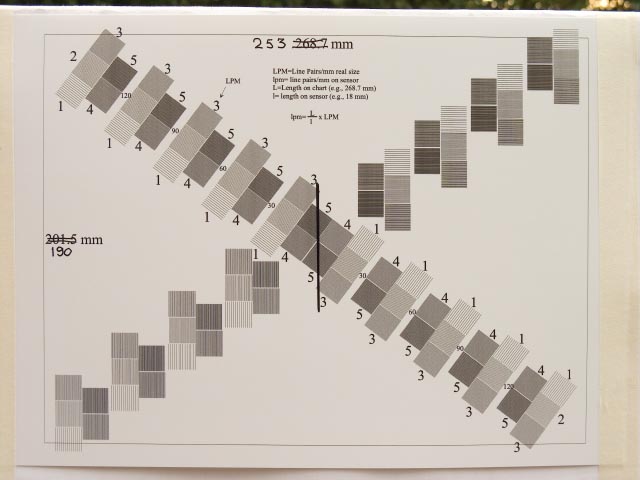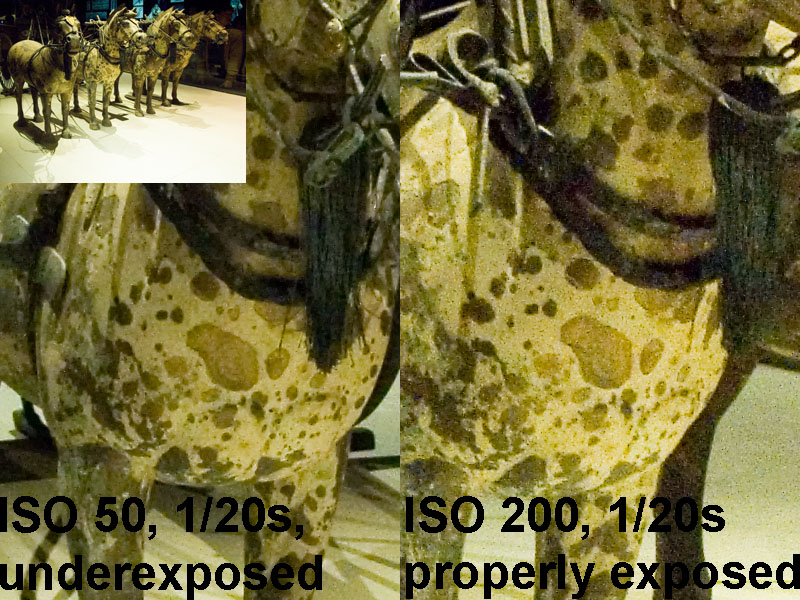 |
Latest
changes: July 28th, 2009 July 28th: Memory cards section updated. Aug. 29th: Firmware section updated Apr. 6th: comparison between the E400 and the 8080 by Snaarman |
 |
Latest
changes: July 28th, 2009 July 28th: Memory cards section updated. Aug. 29th: Firmware section updated Apr. 6th: comparison between the E400 and the 8080 by Snaarman |
| Contact & Questions
This online resource is under construction. If you have new information please send me an email or leave a message using the form below. If you have very specific questions about the Olympus 8080, I'd suggest that you put them in the
Index
|
|

| Camera |
Lens used |
Focal length (35mm equiv) |
Aperture |
Resolution |
Comment |
||
| vert. | hori. | diag. | |||||
| E300 | Macro 50mm | 100mm | F4 |
3 | 2-3 | 3 | |
| E300 | 14-45 kit lens | 90mm | F8 |
3 | 3 | 3 | |
| E300 | 14-45 kit lens | 46mm | F8 |
3 | 3 | 3 | |
| E300 | 40-150 kit lens | 162mm | F8 |
3 | 2 | 2-3 | |
| E300 | 40-150 kit lens | 300mm | F8 |
3 | 2 | 3 | |
| 8080 | 28mm | F4 |
3 | 2-3 | 3 | Test target only covers approx. 80% of the image | |
| 8080 | 54mm | F4 |
3 | 3 | 3 | ||
| 8080 | 140mm | F5,6 |
3 | 3 | 3-4 | ||
Questions ? Comments ? Put them in the Olympus 8080 users group

Questions ? Comments ? Put them in the Olympus 8080 user group
Questions ? Comments ? Put them in the Olympus 8080 user group
What does this mean ? Well, if you shoot only JPEG or TIFF you might ignore the results, because the 8080 applies more advanced noise reduction than the 5050, although some detail gets lost as a result of this.
If you however shoot primarily RAW, it basically means that you have to use the 8080 at lower ISOs and therefore the 8080 is less sensitive to light than the 5050. Since the 5050 also has a more bright lens, it is much more suitable for low light handheld photography than the 8080 - in a specific situation the 5050 will need only half the exposure time of the 8080 (or even less, depending on zoom levels).
Questions ? Comments ? Put them in the Olympus 8080 users group

Perhentian island image |

Same image with polariser rotated by 90 degrees |
Questions ? Comments ? Put them in the Olympus 8080 user group
 by Antara Scales
|
Sunny day, f2.4, 2sec, ISO50,
hoya r72, tripod. Photoshoped (levels, curves, channel mixer, usm, cropped to get rid of vignette at wide angle. I'm using a 49mm filter from the UZi). It took a bit of work. |
| Tom from http://www.ckcpower.com
is making an adapter for the C8080wz with a
standard lens thread instead of the special bayonet. That means you can use
the E10/E20 tcon and wcon lenses instead of the new versions specially
made for the 8080. That means also that you can use filters in between
the adapter and the lens OR in front of the lens (but that's much more
expensive because of the large diameter).
Tom doesn't know what thread the adapter wil be (I hope 62mm like the E10/E20), he will know that next week he says and he will have the adapter within 3 weeks from now... People who are considering buying the Oly bayonet adapter... take note of this... It's better to use threaded lenses instead of bayonet lenses specially made for one type of camera... WCON-08B (E10/E20): 0.8x, 62mm inner, 105mm outer (108mm size), 340 g, 3 elements/3 groups WCON-08D (C8080WZ): 0.8x, bayonet inner, no thread outer (but 108mm size), 410 g, 3 elements/3 groups TCON-14B (E10/E20): 1.45x, 62mm inner, 86mm outer (90 mm size), 475g, 5 elements/3groups TCON-14D (C8080WZ): 1.40x, bayonet inner, no thread outer (but 90mm size), 430g, 5 elements/3 groups The weight difference is a bit strange, the wcon is heavier in 8080 version and the tcon is heavier in the E10/E20 version... somebody knows more about the differences? I'm curious how the quality compairs between both... |
Questions ? Comments ? Put them in the Olympus 8080 user group
Questions ? Comments ? Put them in the Olympus 8080 user group
| here are the
steps (I'm on Suse 9.0 [1]):
1. boot Suse $ mount | grep
media turn cam off |

© Copyright Alfred Molon